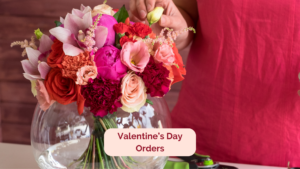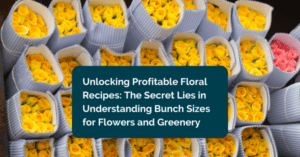The “How to Identify Holiday Evergreens For Floral Arrangements Guide” allows you to explore and learn about evergreens and is essential when designing holiday floral centerpieces or crafting evergreen wreaths. Not only does it enhance your creative process, but it also adds a touch of festive spirit to your home or event.
For florists, tapping into the holiday season by offering evergreen floral designs can be a lucrative opportunity, especially during slower wedding seasons. Introducing unique services like holiday-themed workshops for existing clients or corporate events can significantly boost sales and customer retention.
Understanding the diverse range of evergreens and how to identify and handle them is crucial before delving into wreath-making or floral designs. Here’s a detailed rundown of various evergreen types and tips on their care and handling:
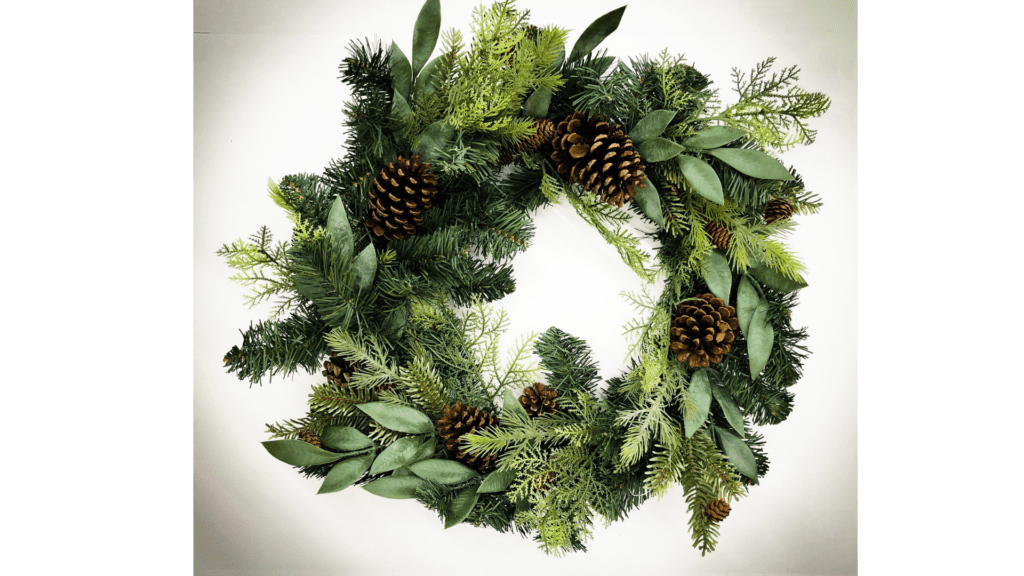
Evergreens From Coniferous Trees
Pine, hemlock, cypress, spruce, redwood, yew, and arborvitae (also known as thuja) are examples of coniferous evergreen trees.
Broadleaf Evergreens
Broadleaf evergreens such as Holly, Magnolia, Wax Myrtle, and Live Oak retain their green leaves throughout the year. Here’s an expanded list of evergreens beyond coniferous trees, along with some tips on handling each one while making a holiday wreath.
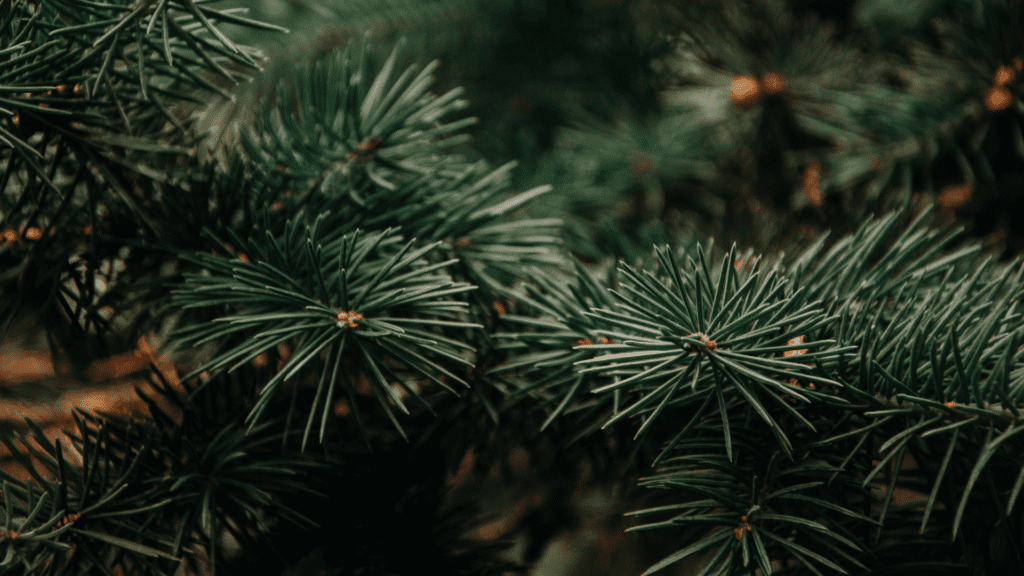
Varieties of Pine In The Evergreen Family For Wreaths
Scotch Pine Is A Popular Choice For Wreath Designs Due To Its Strong Branches And Vibrant Green Needles
It serves as a strong foundation for the artistic process and is a durable option.
When working with white pine, be gentle due to its soft and flexible needles. Use it for a smoother and more delicate appearance in wreaths.
Its long, slender branches bring a touch of grace to wreath designs, contributing to a timeless and refined aesthetic.
Handling: White pine has soft and flexible needles. Be gentle when working with it to avoid breakage. Use it for a smoother, more delicate appearance in the wreath.
Eastern White Pine, Like Its Counterpart, Offers Versatility With Its Slender Needles
Eastern White Pine should be handled with the same care as White Pine, as it is adaptable for various roles within the wreath’s structure.
Spruce Varieties:
Blue Spruce Adds a Touch of Sophistication To Any Space With Its Silvery Blue Needles
This distinctive color adds an element of elegance and uniqueness to wreath designs, making it a standout choice for accents.
Handling: Blue spruce has stiff needles, so don’t prick yourself. Its unique color adds a touch of elegance to the wreath. Use it sparingly for accents.
Norway Spruce presents glossy needles, imparting a polished appearance to wreaths.
Its pliability makes it suitable for bending and shaping, allowing for creative freedom in design.
Handling: Norway spruce has glossy needles. It’s pliable, making it suitable for bending and shaping. Use it for creating curves or specific shapes in the wreath.
With its short, stiff needles, White Spruce brings a sense of neatness and compactness to wreath designs. I
t is ideal for those aiming for a more formal and structured aesthetic.
Handling: White spruce has short, stiff needles. It provides a compact and neat appearance, ideal for a more formal wreath design.
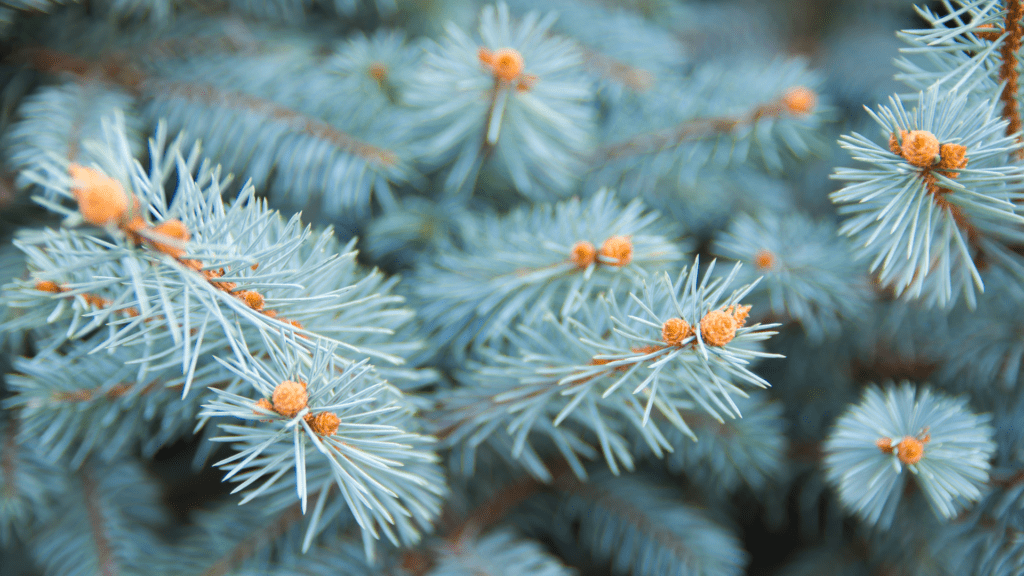
Fir Varieties:
Balsam Fir charms with its soft needles and delights the senses with its strong fragrance.
Balsam Fir is a popular choice for a fragrant holiday decoration, which adds a sensory dimension to wreath designs.
Handling: Balsam fir has a strong fragrance. Trim the branches in the wreath, and take advantage of its pleasant scent for a fragrant holiday decoration.
With its soft needles and silvery underside, Fraser Fir exudes an air of delicacy.
Fraser Fir’s evergreen variety is excellent for wreaths meant to be touched or admired up close, bringing a tactile and visual allure.
Handling: Fraser Fir has soft needles with a silvery underside. Handle it carefully to preserve its delicate appearance. It’s an excellent choice for a wreath that will be touched or admired up close.
Douglas Fir combines versatility with a sweet fragrance.
Its adaptability makes it suitable for both the base and decorative layers of the wreath, contributing to a harmonious and aromatic design.
Handling: Douglas fir is versatile for the wreath’s base and decorative layers, adding a sweet fragrance.
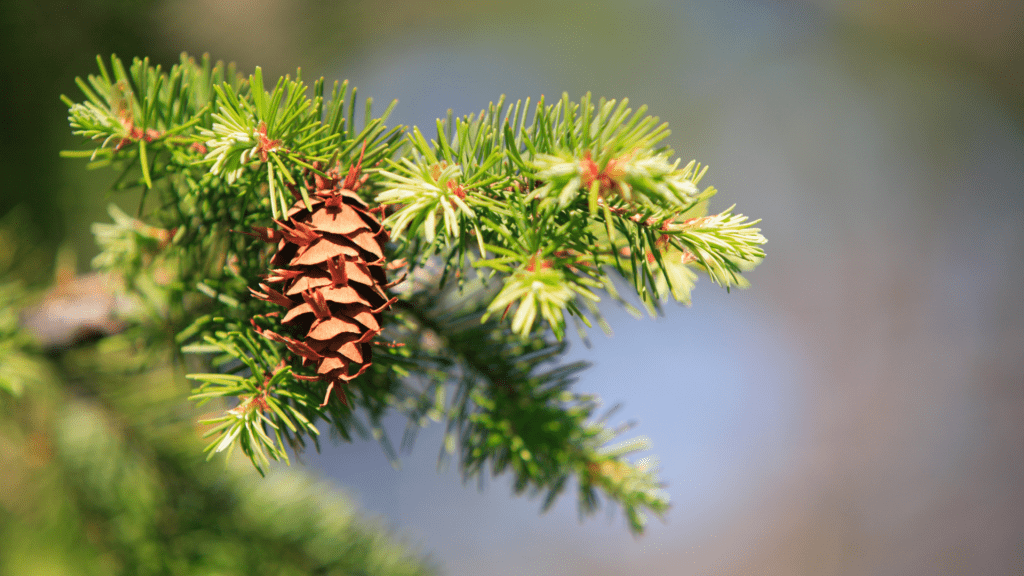
Cedar Varieties:
Often classified as a juniper, Eastern Red cedar contributes fragrant foliage to wreaths.
This variety is an excellent accent or filler, offering visual interest and aromatic charm.
Handling: Red cedar has scale-like foliage. Use it to add texture and a rustic touch to the wreath. Trim excess branches to create manageable pieces.
Juniper Varieties:
Common Juniper stands out with its needle-like leaves and berries, adding color and visual interest to wreaths. This variety is perfect for those aiming to infuse a vibrant and lively element into their designs.
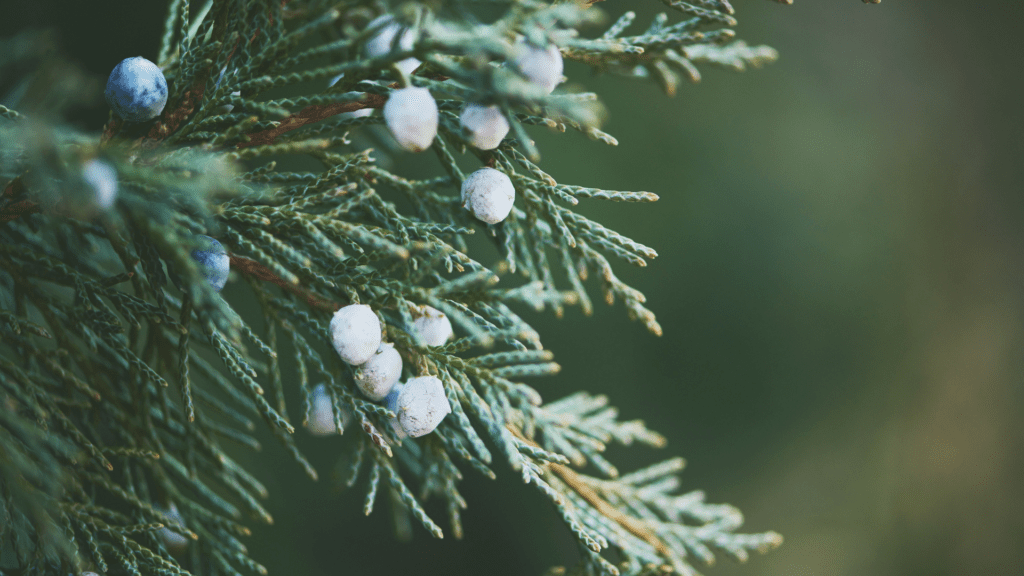
Hemlock Varieties:
With its graceful, drooping branches and fine, flat needles, Eastern Hemlock brings an understated elegance to wreath designs. The dark green foliage adds a touch of sophistication and complements a variety of evergreens.
Handling Of Hemlock Evergreens:
Due to its delicate appearance, treat eastern hemlock with care. Trim excess foliage to maintain its graceful form, using it as a complementary element in wreath arrangements.
Its shorter needles and feathery texture characterize Carolina Hemlock.
The vibrant green color and soft appearance make it versatile for base structures and decorative wreath layers.
Handle With Care When Working With Carolina Hemlock:
Trim Carolina Hemlock to desired lengths, taking advantage of its versatility. Use it strategically to add texture and depth to different wreath sections.
Canadian Hemlock features soft, flat needles and a dense growth habit. Its vibrant green color and graceful branches make it a charming addition to wreath designs, contributing to a lush and full appearance.
Handling: Trim Canadian Hemlock branches for use in the wreath, allowing its dense foliage to create a luxurious and inviting atmosphere. Handle with care to preserve its overall elegance.
Including Hemlock varieties in your wreath designs introduces a new dimension of texture and visual interest, enhancing the overall beauty of your holiday creations. Adjust the quantity and placement of Hemlock based on your design preferences, creating a harmonious blend with other evergreens for a stunning and unique result.
Boxwood Evergreens Are Versatile In Floral Design:
With its small and dense leaves, Boxwood offers a classic and polished appearance of wreaths. Ideal for creating a neat and compact design, Boxwood serves as a versatile element in wreath making.
Care And Handling Of Boxwood Evergreen:
Boxwood has small, dense leaves. It’s excellent for creating a neat and compact appearance. Trim the branches for easy integration.
Including Hemlock varieties in your wreath designs introduces a new dimension of texture and visual interest, enhancing the overall beauty of your holiday creations. Adjust the quantity and placement of Hemlock based on your design preferences, creating a harmonious blend with other evergreens for a stunning and unique result.
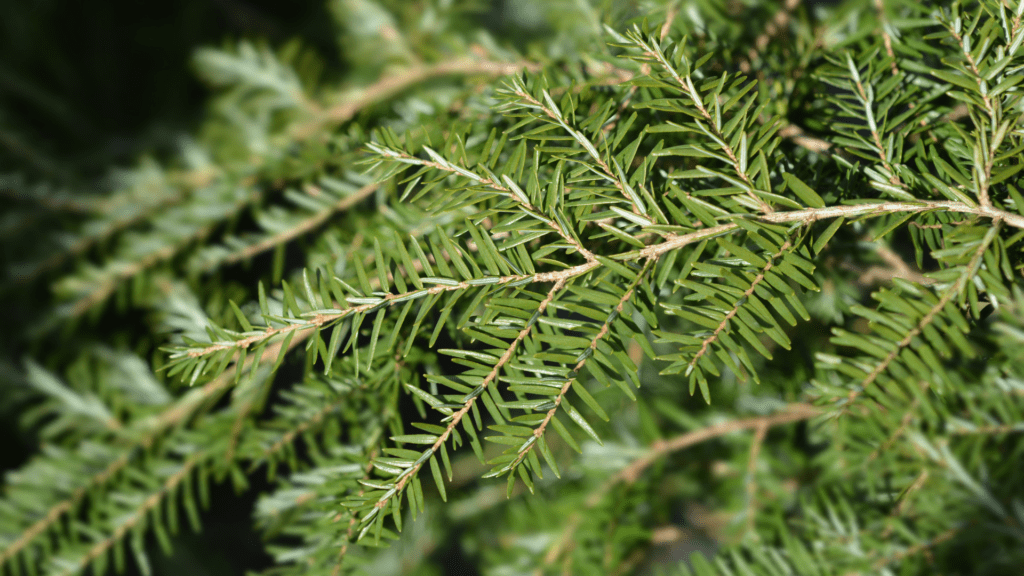
Before you begin with evergreen floral arrangements or building holiday wreaths, we recommend wearing disposable gloves to protect your hands while handling evergreen branches. Pruners or shears sharp for clean cuts. Keep the brown paper on the table to protect the table. When working with a floral workbench, there is no need to worry about it. You can use various products to remove any sap from evergreen or stickiness. You can read more about it here.
Consider the specific characteristics of each green when deciding where to place them in the wreath for the best visual effect.
Here is my tip to expedite the wreath-making process: Bundle the greens in a variety of ways before starting to make a wreath.
Your journey into holiday wreath design explores personal style and festive expression. As you blend scents, textures, and hues from various evergreens, you’re not just crafting a wreath; you’re creating a centerpiece that resonates with the season’s spirit. Whether you choose the delicate grace of white pine, the aromatic richness of balsam fir, or the rustic appeal of red cedar, this guide empowers you to fashion a holiday wreath that is uniquely yours.
So, armed with inspiration and creativity, embark on the joyful process of wreath making, and may your creation spread warmth and cheer throughout the festive season. Happy crafting!”
Book a free demo now to help streamline your business.


